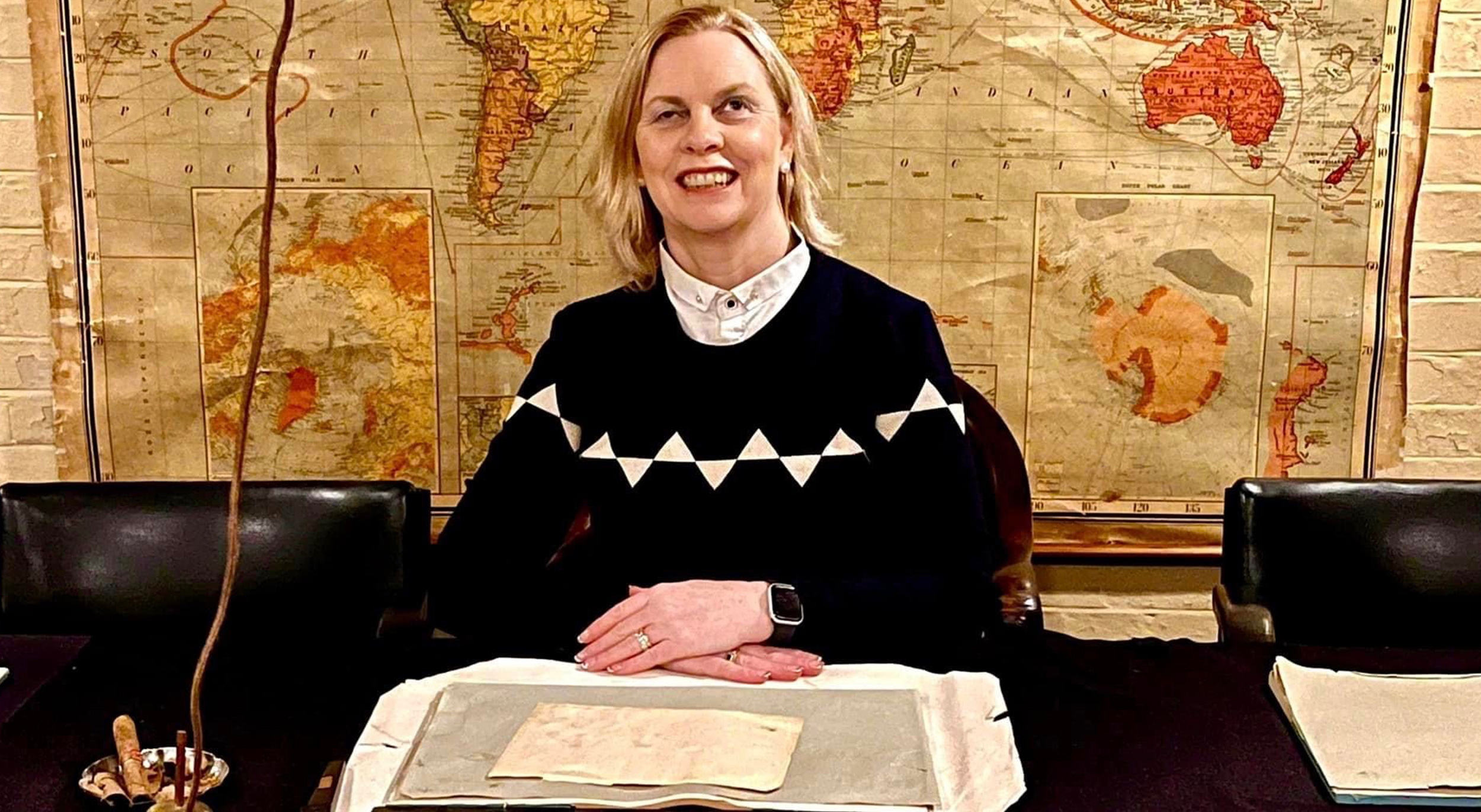
Australian Disability Network board director Donna Purcell recently analysed twenty-two of the world’s largest companies as part of her Churchill Fellowship research into leadership models that remove barriers to employment for people with disability.
Donna’s research identified the key factors that lead to the successful and mainstream employment for people with disability.
Donna interviewed senior leaders at organisations in the US, UK, France, and Switzerland including Microsoft, Vodafone, GSK, LVMH, National Health Service (UK), HSBC UK, Lloyds, Louis Vuitton, Loreal, and Nestle.
“While Australia ranks as one of the best countries to live in the world by international standards of wealth, education, health and quality of life, when it comes to employment for people with disability, there is much work to do to create equity and opportunity for Australians with a disability to find or remain in work,” Donna said.
Donna’s Churchill Fellowship report makes 10 recommendations that will address the current unemployment and underemployment of people with disability in Australia, and outlines proven strategies that are making a difference in other countries and organisations.
“I met with and learned from leaders from employers that are publicly committed to disability employment, increasing disability awareness within their organisation and industry, developing confidence and competence in workplace inclusion, and deliberately increasing the number of jobs for people with disabilities.
“From the start of my Churchill Fellowship, it became evident that there were three key drivers to success when it came to organisations that had successful programs employing people with disability.”
Donna found that successful organisations had:
- A senior leader who had a close connection to disability and wanted to ensure there were opportunities to attract, employ and support people with disability in their workplace. Often this was because a leader had a child or children with disability.
- A very public commitment to internal change through diversity and inclusion strategies with detailed action plans leading to having a more accessible and inclusive workplace that attracts and recruits people with a disability.
- A set of measures and data collection processes to monitor, measure and track progress and change.
“Organisations that don’t have these factors will struggle to attract and retain employees with disability as the market becomes more competitive and attitudes start to shift to engage with this untapped goldmine of candidates,” Donna said.
“One of the common threads among organisations I met with was the commitment by senior leadership to focus on workplace inclusion for people with disability. Often these leaders had a personal connection to a person with disability in their life such as a family member. In some cases, the leader was a person with a disability themselves.”
Donna is calling for senior leadership roles to be created within large Australian organisations with responsibility for improving inclusion and accessibility for employees, customers and the broader community, and the establishment of an Australian Accessible Tech Lab to design, build, and champion the accessibility of products and services.
Australian Disability Network CEP Corene Strauss said, “Donna’s research provides critical insights into the attitudes and actions of organisations that have successfully improved the inclusion of people with disability.
“We strongly recommend all organisations review her findings.”
Adam Davey, CEO of the Churchill Trust congratulated Donna on her report and her ongoing work. “Donna offers vital knowledge and I urge all leaders and decision makers from government as well as private companies to take on board her findings from the world’s best.”
Donna understands first-hand the challenges people with disabilities have when it comes to gaining employment, especially at a senior leadership level. Donna is branch manager at the National Disability Insurance Scheme, a board member of the Australian Disability Network and a former senior policy advisor for the Australian Human Rights Commission. Donna also led customer and employee accessibility and inclusion at Commonwealth Bank for over ten years.